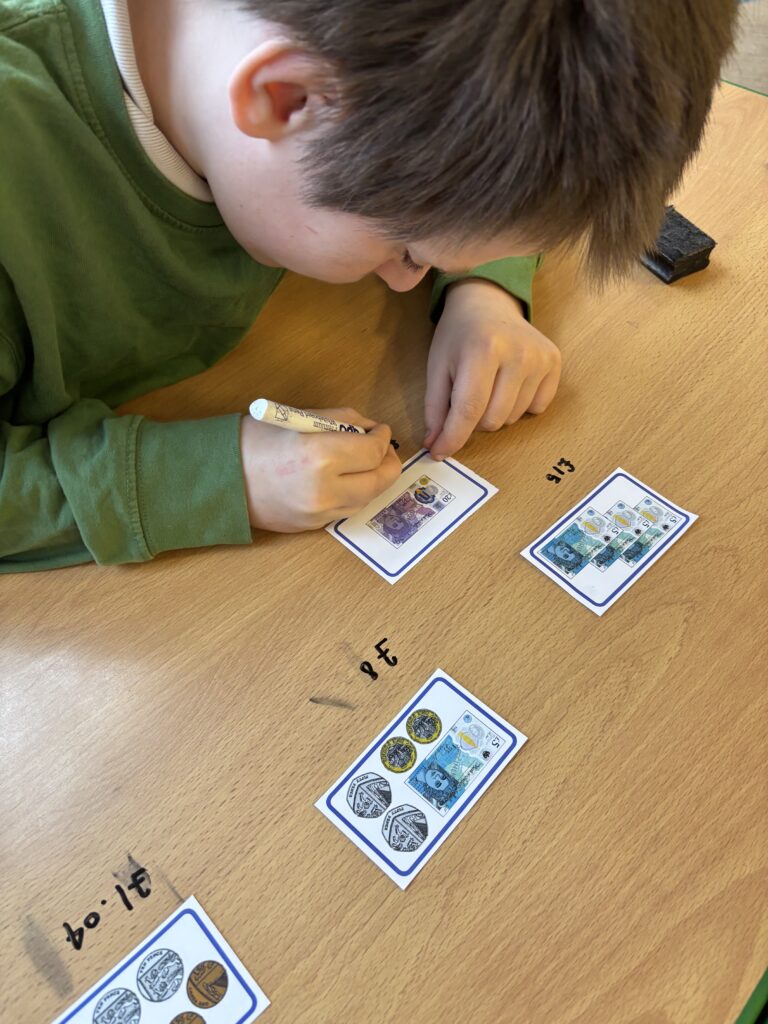



This week we’ve been focusing on our number recognition and numicon. The children really enjoyed singing our 5 currant buns song and splatting the buns away one at a time. All the children waited patiently to take their turn at splatting. Great self-control while waiting- well done guys!









Today, Crew Hamill consolidated their maths learning on the transition of shapes as we found it a little bit tricky during our first lesson. We began by playing a game in which we had to get a monster around the grid in order to eat all of his lunch. Once we had worked out how to get to each item individually, we worked in pairs to create a maze that the monster could follow to collect all of his meal items in one trip. Following this, we completed a MyMaths lesson to demonstrate our improved understanding. We are now ready to move on to our next maths lesson tomorrow.
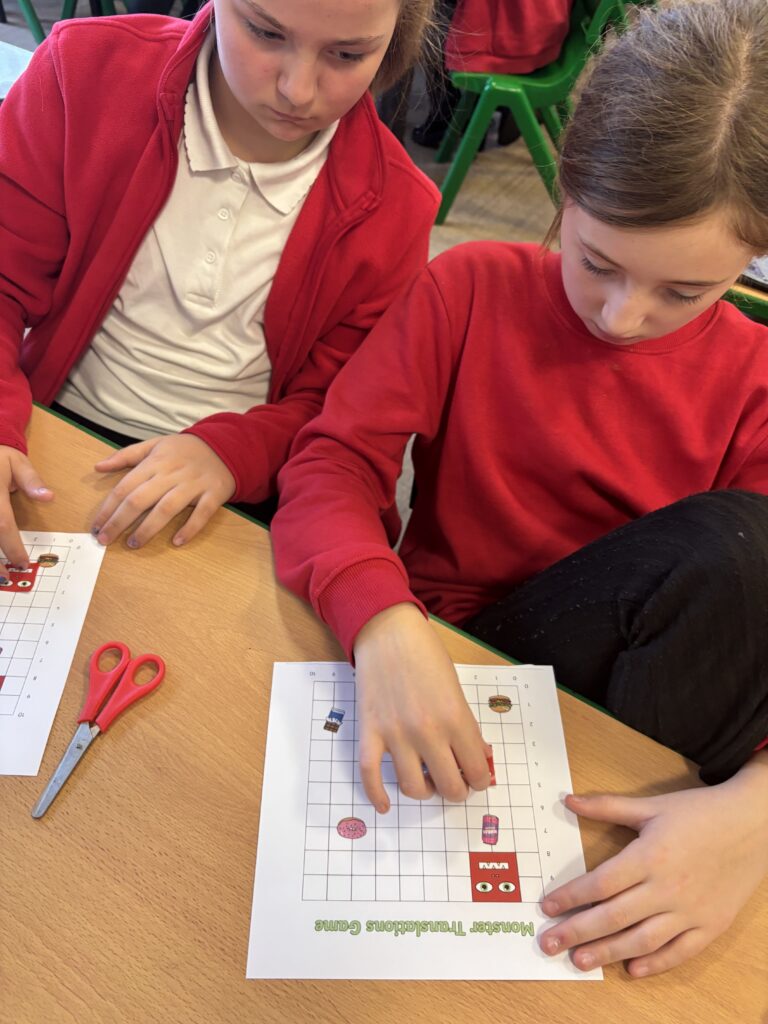


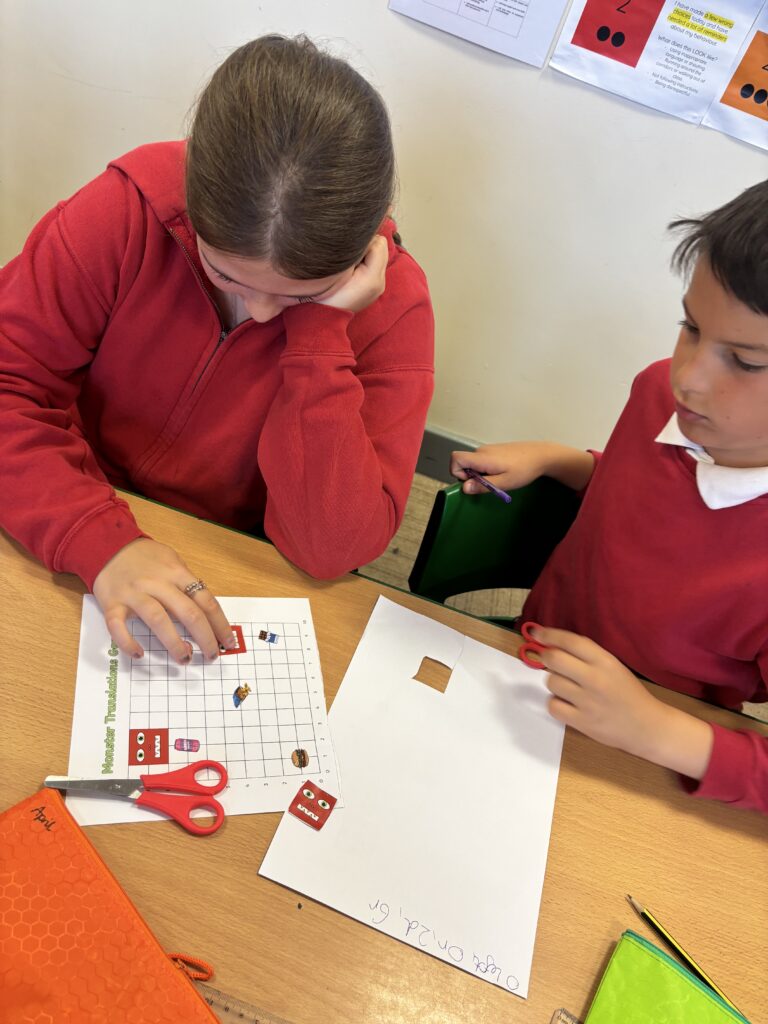


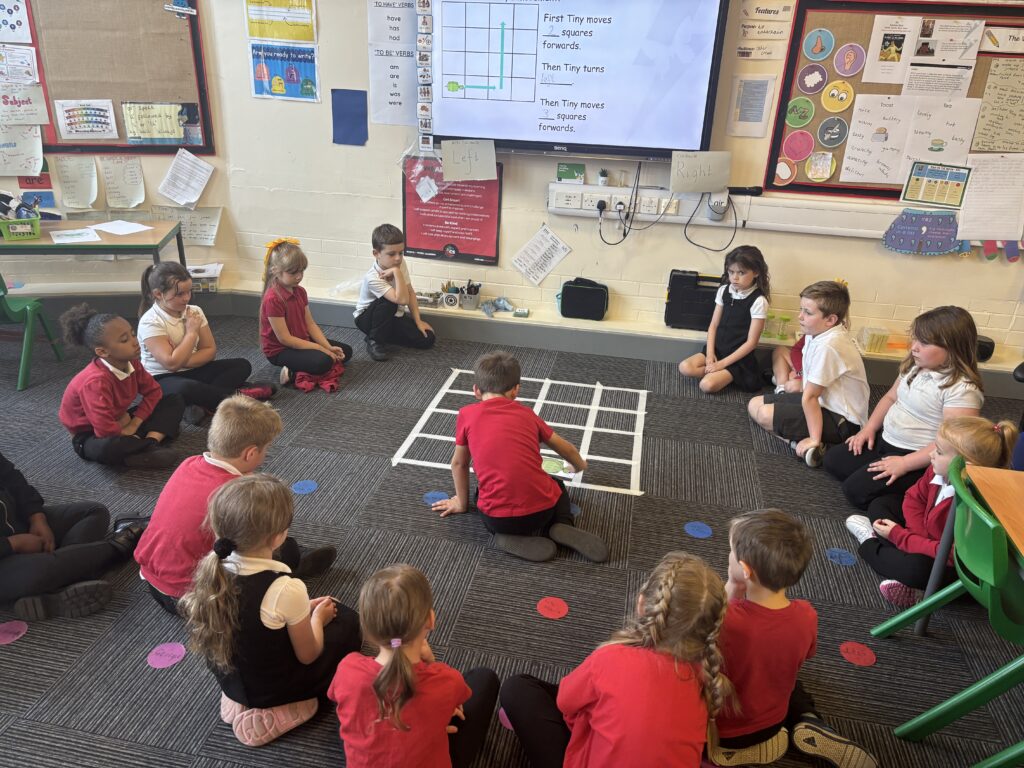





Today we consolidated our learning of position and direction with the help of Tiny the Tortoise. We used the language we have learnt to move tiny safely across our 4×4 grid. Great work CrewRobson!
A fantastic lesson this afternoon in MT! Consolidating lots of areas from our last assessment. Great presentation in books too 🙂

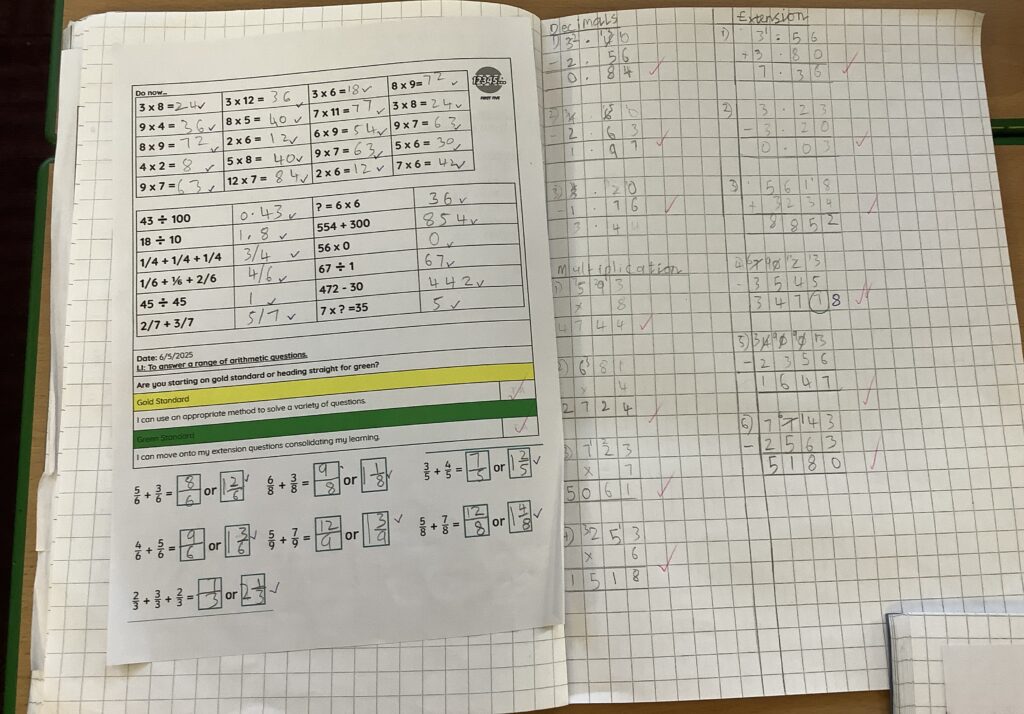

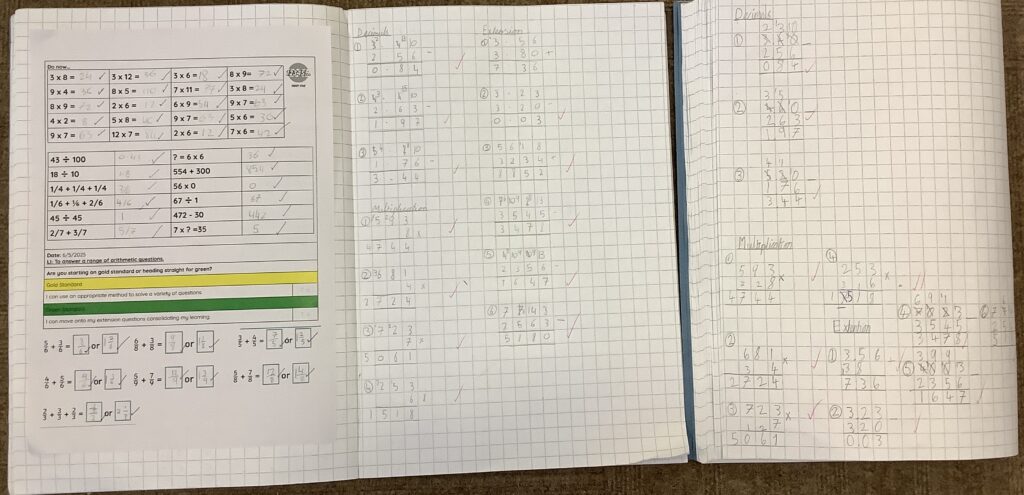
We are loving our maths learning on time! Today we continued to show and write the time using an analogue clock! We really are becoming much more confident 🙂
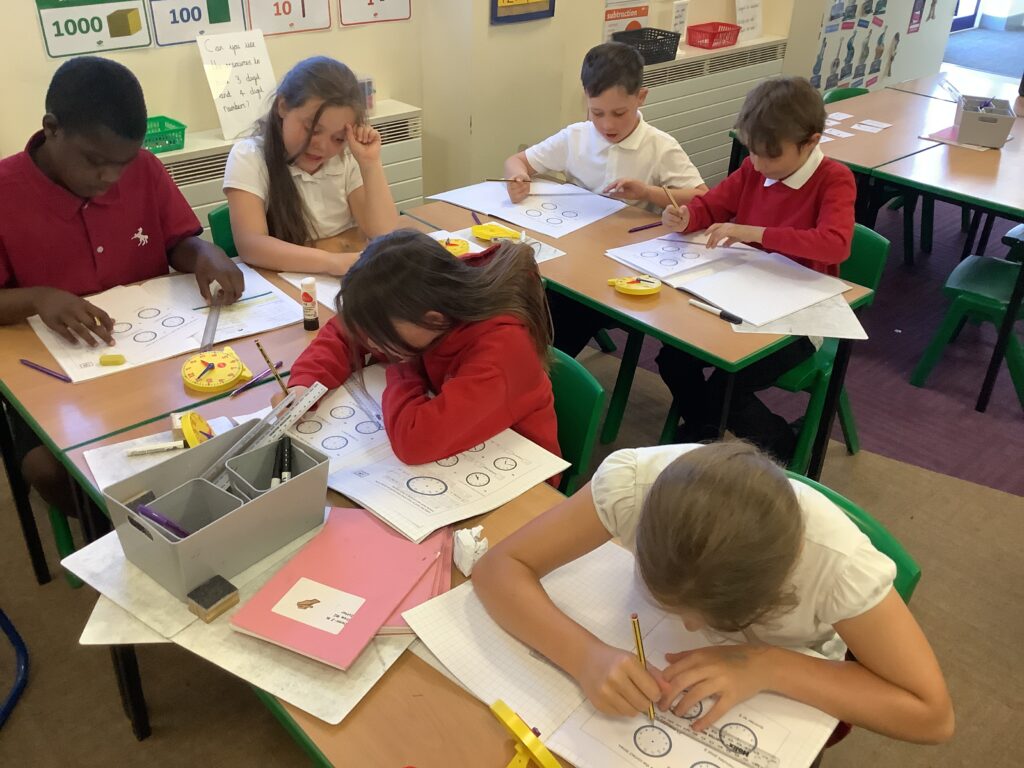

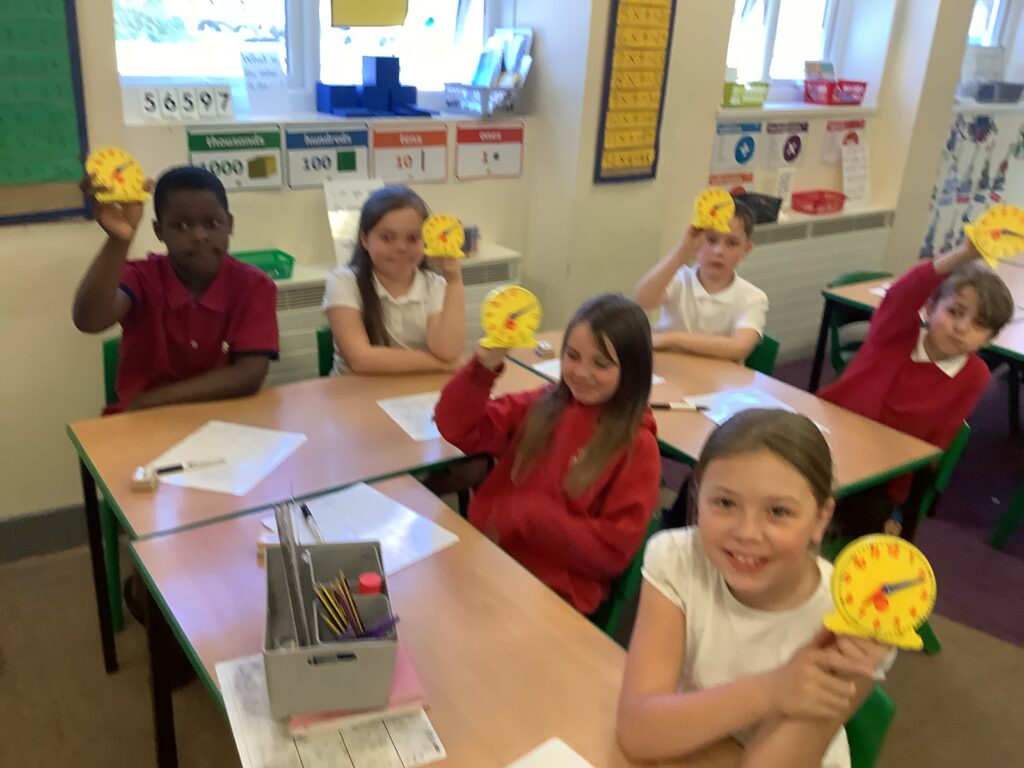

Crew Hamill had a more practical lesson today to help consolidate their understanding of 24 hour clocks. We were ensuring we had a clear understanding of how to convert 12 hour time into 24 hour time by taking part in a carousel of activities.




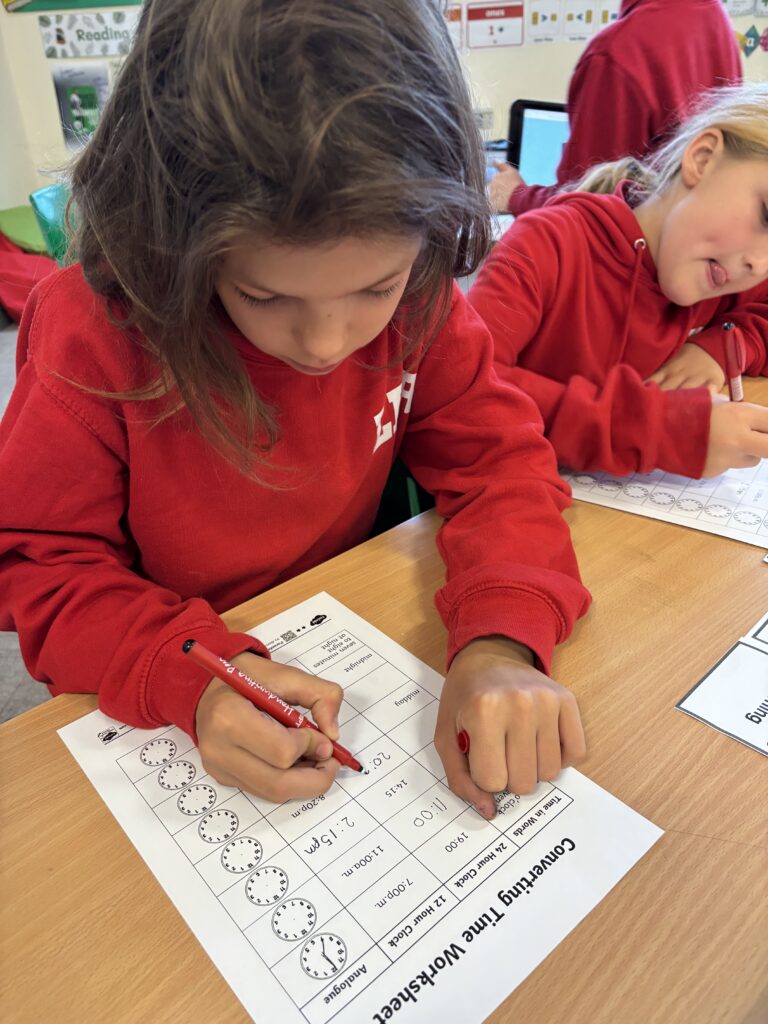
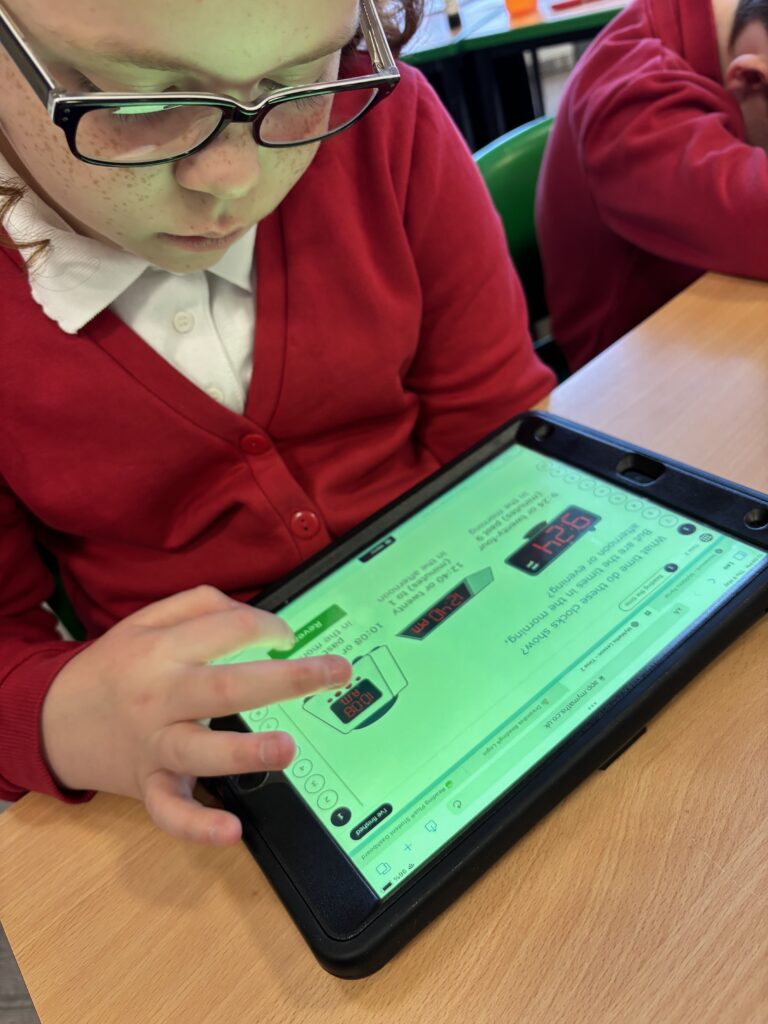



The children in Crew Frost have been working extremely hard to unpick the number 7. They used cubes to find the different number bonds to create 7 and then used this method to complete their own part, part whole model.
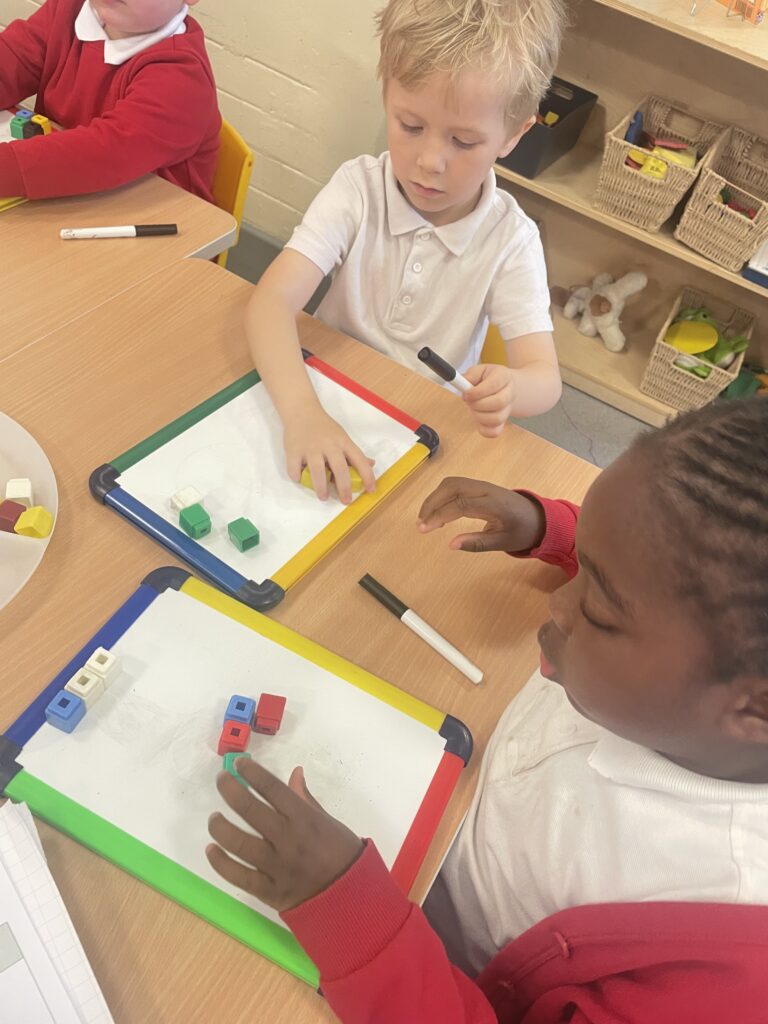





Lots of hard work and resilience this afternoon in our arithmetic session 🙂




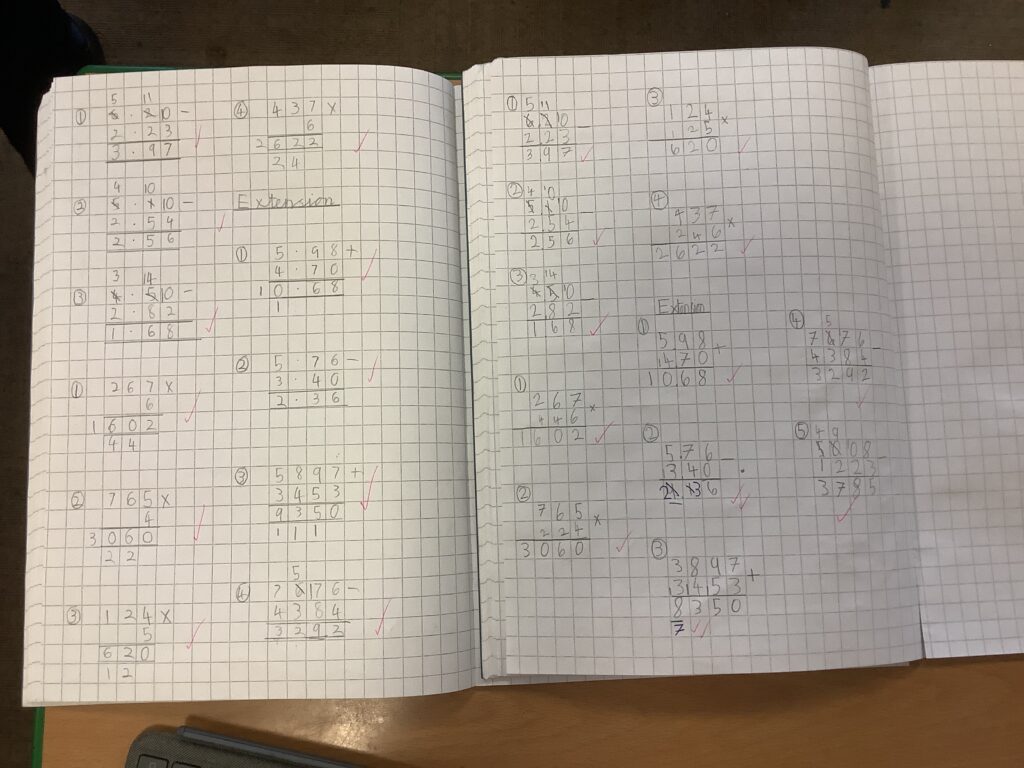
Crew Hamill kick-started their money unit by exploring different amounts of money and ensuring we knew how to write them correctly with a pound sign and decimal point. We took part in a carousel of activities:




